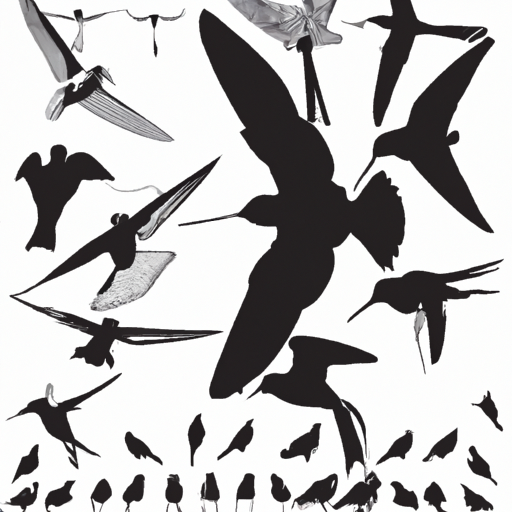 Introduction:
Introduction:
The Earth is home to a remarkable variety of creatures, each with unique adaptations to their respective environments. Among these are aerial animals, fascinating beings that have evolved to thrive in the skies. From the tiny hummingbird to the majestic eagle, aerial animals possess remarkable capabilities that allow them to navigate, hunt, and survive in the air. In this comprehensive article, we will delve into the diverse habitats and locations where these incredible creatures can be found.
1. Rainforests:
Rainforests, with their lush canopies and thick foliage, provide an ideal environment for a multitude of aerial animals. In the Amazon rainforest, for instance, one can find colorful macaws, toucans, and parrots. These birds possess strong beaks and vibrant plumage, allowing them to fly effortlessly through the dense vegetation. Additionally, rainforests are home to numerous species of bats, which navigate using echolocation and play a vital role in pollination and seed dispersal.
2. Grasslands:
Contrary to popular belief, not all aerial animals dwell solely in forests. Many species find their homes in the vast expanses of grasslands, where they have adapted to the unique challenges presented by open spaces. Take, for example, the iconic African savanna. Here, one can witness the grace and power of birds such as vultures, eagles, and storks soaring above the plains. These birds utilize thermal updrafts and strong winds to effortlessly glide through the sky, scanning the grasslands for prey.
3. Mountains:
As the altitude increases, so does the habitat diversity for aerial animals. Mountainous regions offer unique challenges and opportunities for these creatures. In the Himalayas, one can observe the remarkable Himalayan monal, a bird renowned for its vibrant plumage. Other mountain-dwelling species include golden eagles, choughs, and lammergeiers. These animals have adapted to withstand harsh weather conditions and navigate the rocky terrain in search of food and shelter.
4. Coastal Areas:
Coastal regions provide an abundance of food sources for aerial animals, making them popular habitats for various species. Along the cliffs and shores, one can find colonies of seabirds such as gulls, puffins, and terns. These birds are adept at fishing and often engage in dramatic aerial displays while hunting. Coastal areas also attract migratory birds, including sandpipers and herons, which make use of the wetlands and estuaries for feeding and breeding.
5. Arctic and Antarctic Regions:
In the extreme polar regions, aerial animals face some of the harshest conditions on Earth. However, several species have adapted to thrive in these icy environments. Arctic terns, for instance, embark on the longest migration of any known animal, flying from the Arctic to the Antarctic and back each year. These incredible birds navigate across vast oceans, utilizing celestial cues and magnetic fields. Additionally, polar regions are home to seabirds like the albatross, which have impressive wingspans allowing them to soar over the icy waters in search of food.
6. Urban Environments:
Even amidst human-dominated landscapes, aerial animals have found ways to adapt and survive. Cities provide unique opportunities for certain species, particularly those that can exploit the resources available. Pigeons, for example, have become highly successful urban dwellers, utilizing buildings as surrogate cliffs and feeding on human-provided food sources. Similarly, some raptors, such as peregrine falcons, have adapted to nesting on skyscrapers, taking advantage of the urban landscape to hunt their prey.
Conclusion:
Aerial animals have conquered the skies, adapting to a range of habitats across the globe. From the rainforests to the mountains, coastal areas to polar regions, and even urban environments, these remarkable creatures have found ways to utilize their aerial prowess and thrive. By understanding the diverse locations where aerial animals can be found, we can appreciate the incredible adaptations and behaviors that have allowed them to conquer the skies.
